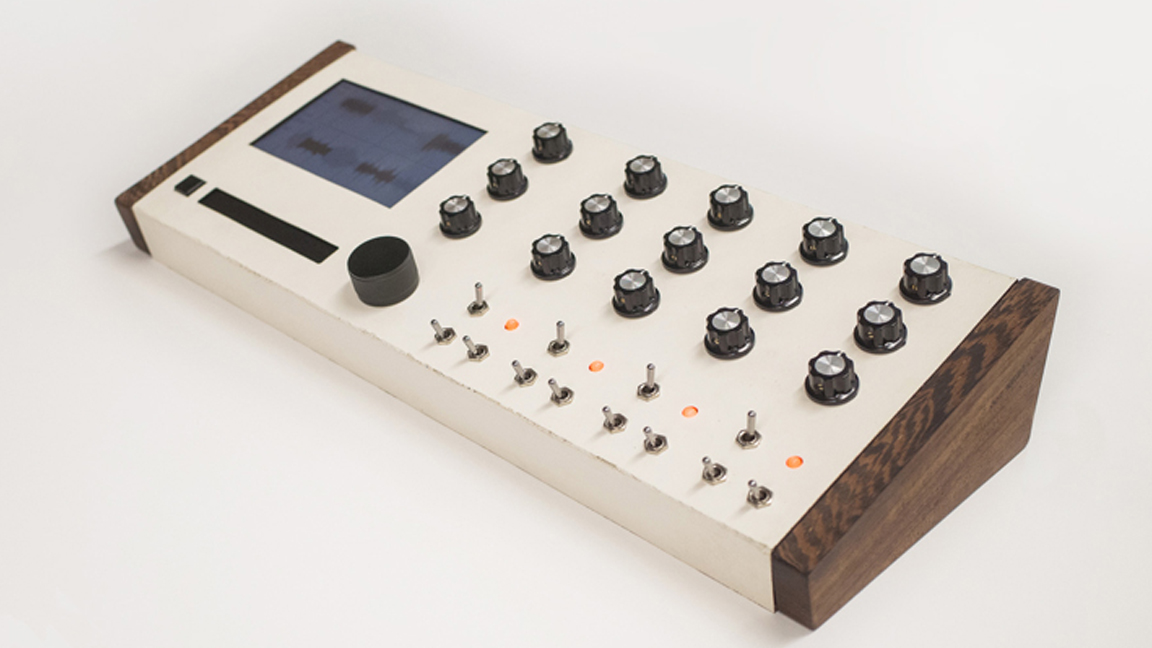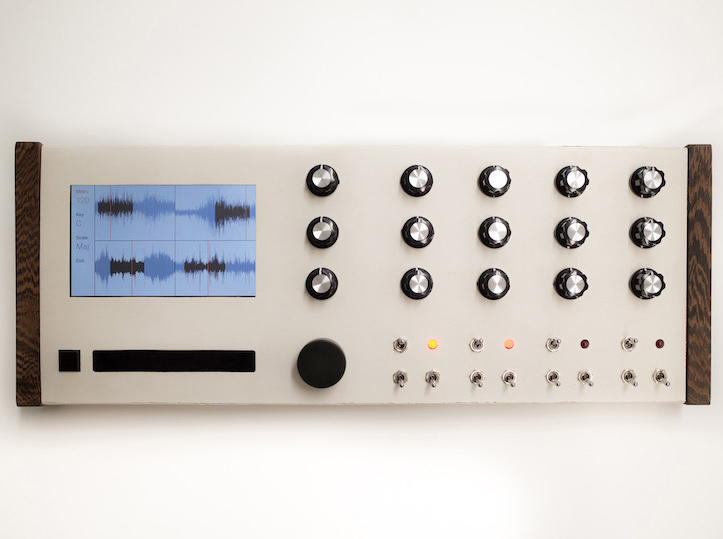DIY Synthesizer Uses a Raspberry Pi to Make Your Next Beat
If you're looking for a fun, music-based Raspberry Pi project, check out this Pi-powered granular synth called noLoop. Created by industrial designer Niles Fromm, it's built on top of a Raspberry Pi and features a handmade case with a screen for visual output.
The Raspberry Pi in the noLoop uses the Python programming language and Pure Data, which is synth software used to create custom sounds that can be controlled either digitally or physically (via hardware input). The visual display features a user interface designed with PyGame, a Python module set originally for writing video games. With this display, you get real-time visual feedback of the current audio output.
The synth offers four individual granulated audio samples, and you can filter, randomize and chop each sample using the switches. Fromm opted to use a series of knobs to adjust things like volume, pan and metronome values. There are a few master knobs to adjust things universally, like volume.
If you want to recreate this project yourself, you're in luck. Fromm provided everything you need to set up Pure Data with his custom patch files on GitHub. You can see what goes into the creation process and maybe even improvise for your own custom design.
There are a few updates planned for noLoop. Fromm has expressed serious interest in SuperCollider, a programming language for real-time audio synthesis, and hopes to integrate new features with it. In the meantime, you can check out his website for more work and future projects.
Get Tom's Hardware's best news and in-depth reviews, straight to your inbox.

Ash Hill is a contributing writer for Tom's Hardware with a wealth of experience in the hobby electronics, 3D printing and PCs. She manages the Pi projects of the month and much of our daily Raspberry Pi reporting while also finding the best coupons and deals on all tech.
-
bit_user Not to detract from the technical accomplishment, but most people would be better off using an existing control surface, if you can afford to.Reply


